Low Sodium Liver Disease
Low sodium liver disease. A diseased liver has a difficult time excreting the excess fluid in your body on a daily basis. Folks who have cirrhosis NASH heart disease or diabetes are generally advised to consume a low-sodium diet to help reduce complications. How does sodium impact the liver.
It occurs when water and sodium are out of balance. If you have liver damage its likely your doctor will ask you to reduce your sodium intake to 1500 mg or less. High sodium for a patient with liver disease can bring all types of grief especially if they have cirrhosis.
Sodium helps the body to maintain blood pressure and to keep a normal fluid level within the body. 95 of those that have brain damage due to liver damage also have low sodium in their serum. It occurs more in people whose cirrhosis have reached end-stage.
When a person does not consume enough sodium their blood pressure can become too low or it may be tough for their body to keep enough fluid in the body. It is also common in those who have complications of spontaneous peritonitis and refractory ascites. I have had several different scans a Hepatitis panel and two liver ultrasound with all being negative.
These surgeries were performed thinking it would relieve the pain under my rib cage. The normal blood sodium levels are between 135-145. As cirrhosis continues to scar your liver many problems arise that affect your health.
However fluid buildup because of cirrhosis is one of the complications that is manageable by following a low sodium diet. Salt is one of the main things liver disease patients should avoid besides alcoholic drinks. Other symptoms that may be associated with low blood sodium include tiredness loss of appetite nausea vomiting headaches muscle weakness and cramps.
When blood sodium is very low it may result in coma or extended unconsciousness. One way to do that is through a low-sodium cirrhosis diet.
Other symptoms that may be associated with low blood sodium include tiredness loss of appetite nausea vomiting headaches muscle weakness and cramps.
Other symptoms that may be associated with low blood sodium include tiredness loss of appetite nausea vomiting headaches muscle weakness and cramps. Look for the amount of salt per 100g if there is more than 15g salt per 100g or 06g sodium then it is high in salt anything up to 03g salt or less per 100g or 01g sodium is low in. A diseased liver has a difficult time excreting the excess fluid in your body on a daily basis. How does sodium impact the liver. High sodium for a patient with liver disease can bring all types of grief especially if they have cirrhosis. Its important to know the effects of sodium on the liver and which foods to avoid to prevent more damage. In other words theres either too much water or not enough sodium in your. It is also common in those who have complications of spontaneous peritonitis and refractory ascites. These surgeries were performed thinking it would relieve the pain under my rib cage.
As cirrhosis continues to scar your liver many problems arise that affect your health. The standard therapy of ascites secondary to cirrhosis includes a moderate sodium restriction 80-120 mmol sodiumday or 46-69 g saltday. Once your body is used to a lower sodium diet you notice the difference it makes. The normal blood sodium levels are between 135-145. Helen Yuan Registered Dietitian at Liver Specialists of Texas explains why a low salt diet is important especially in liver disease. Distal renal tubular acidosis occurs in autoimmune liver disease such as primary biliary cirrhosis but often is a functional defect from impaired distal sodium delivery. Sodium is called an electrolyte.
:max_bytes(150000):strip_icc()/what-is-the-best-diet-for-cirrhosis-1760062-01-9dbb72c43c964fbf887e24c2d48fcb62.png)




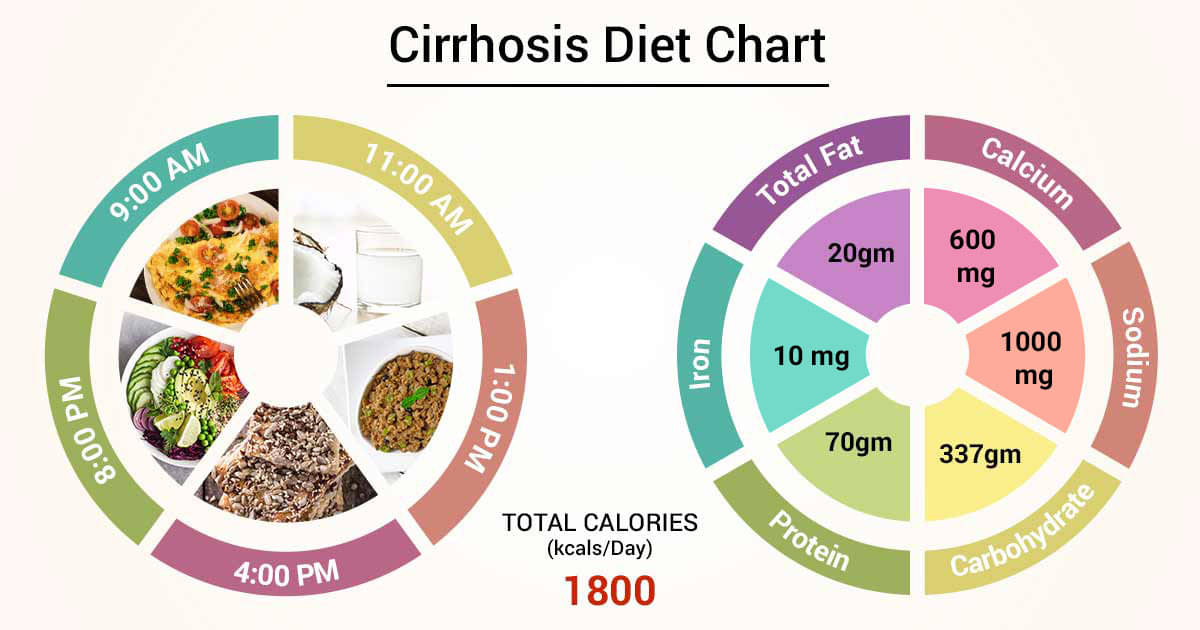
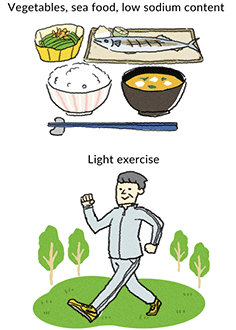



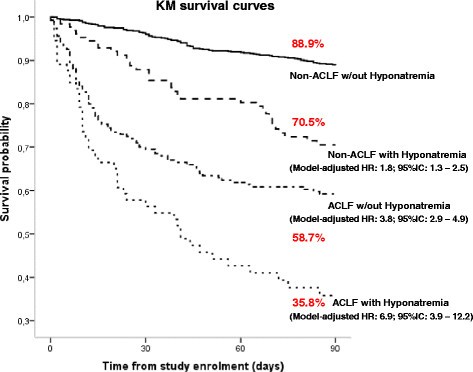














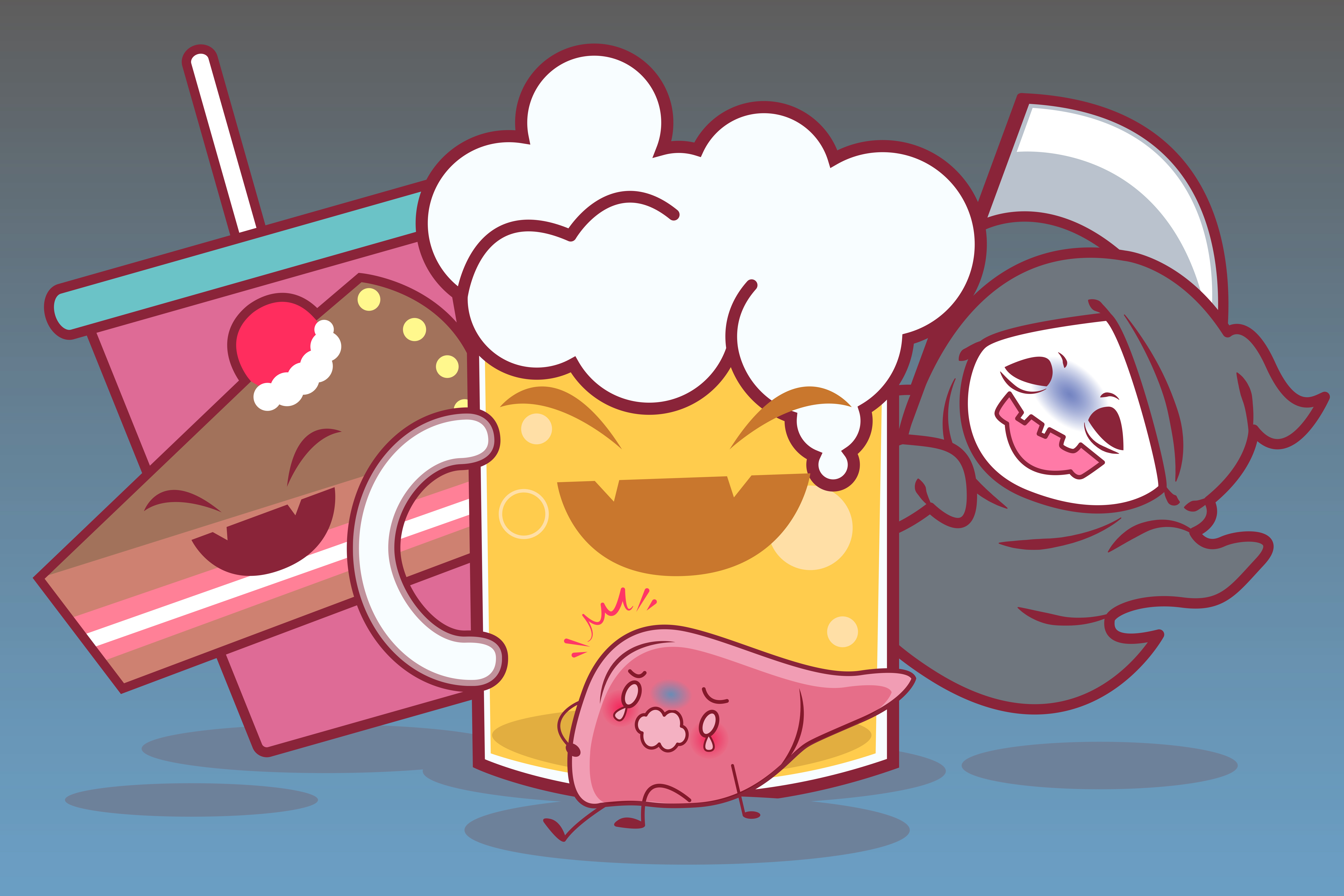








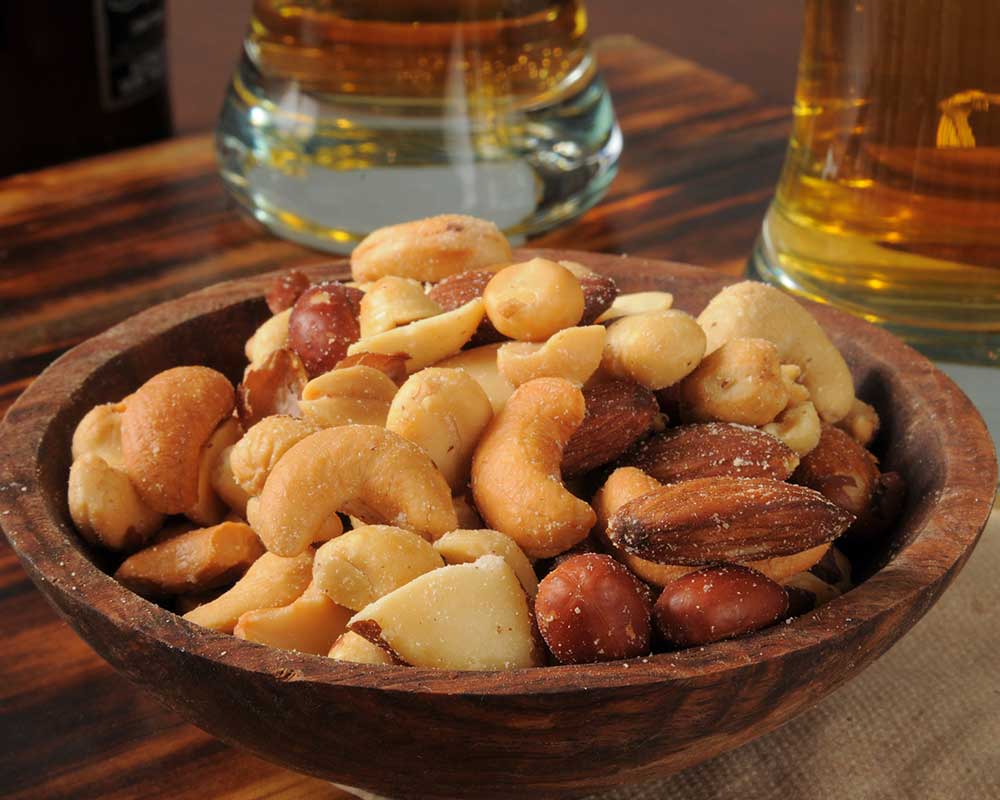



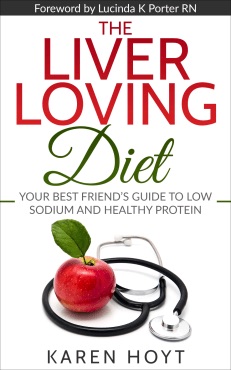




/woman-holding-handful-of-fresh-nuts--mixed-whole-nuts--nut-sources-of-vitamin-b9-folate-840489220-5a919e4d43a1030036c4d564.jpg)
Post a Comment for "Low Sodium Liver Disease"